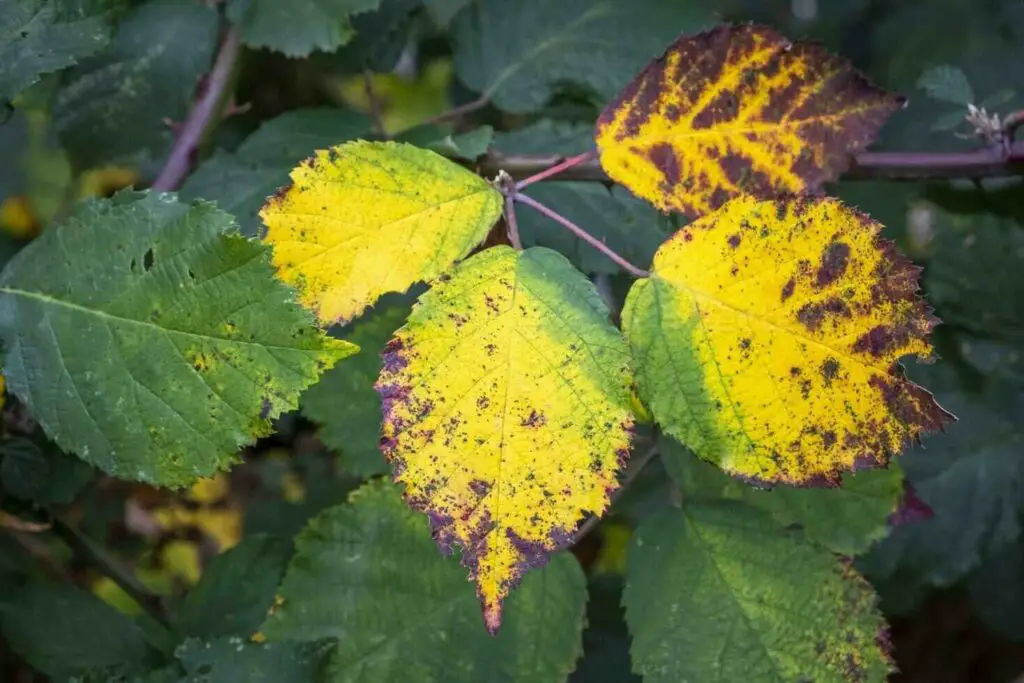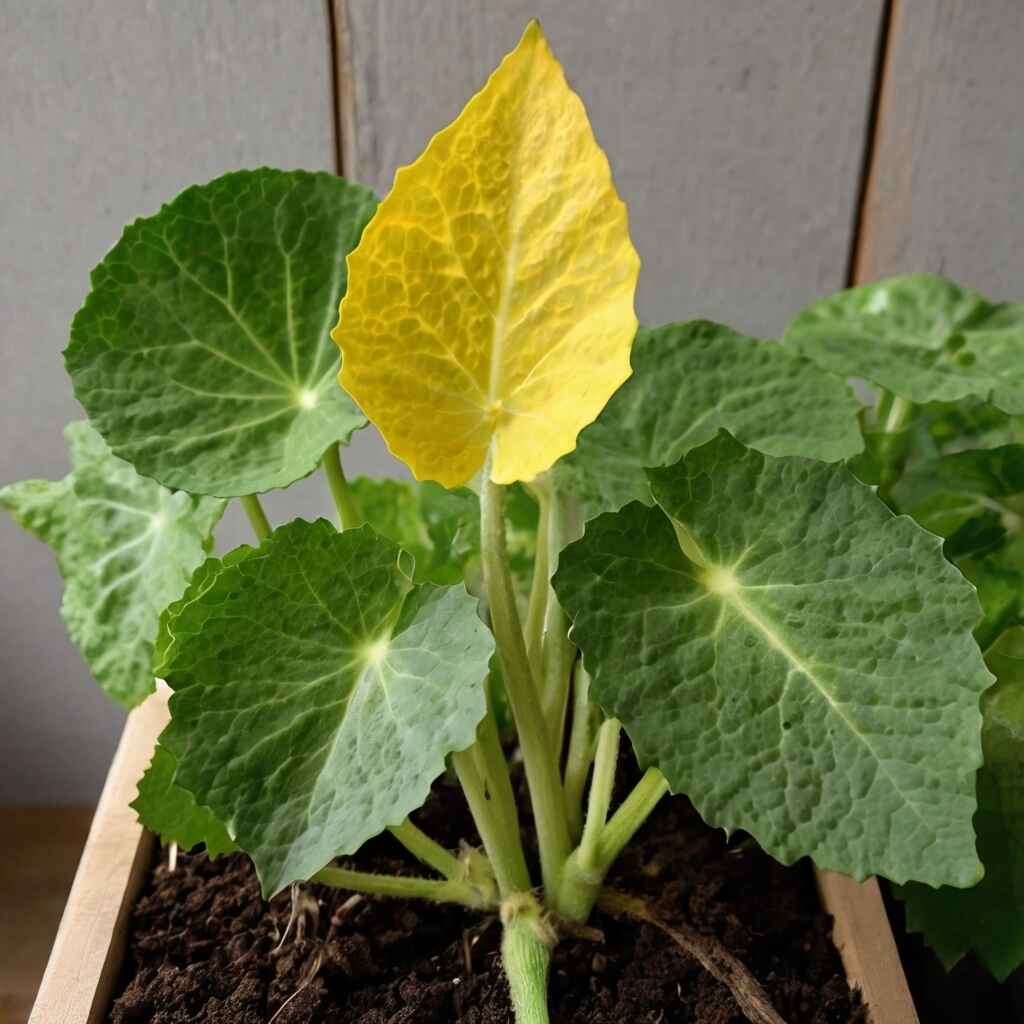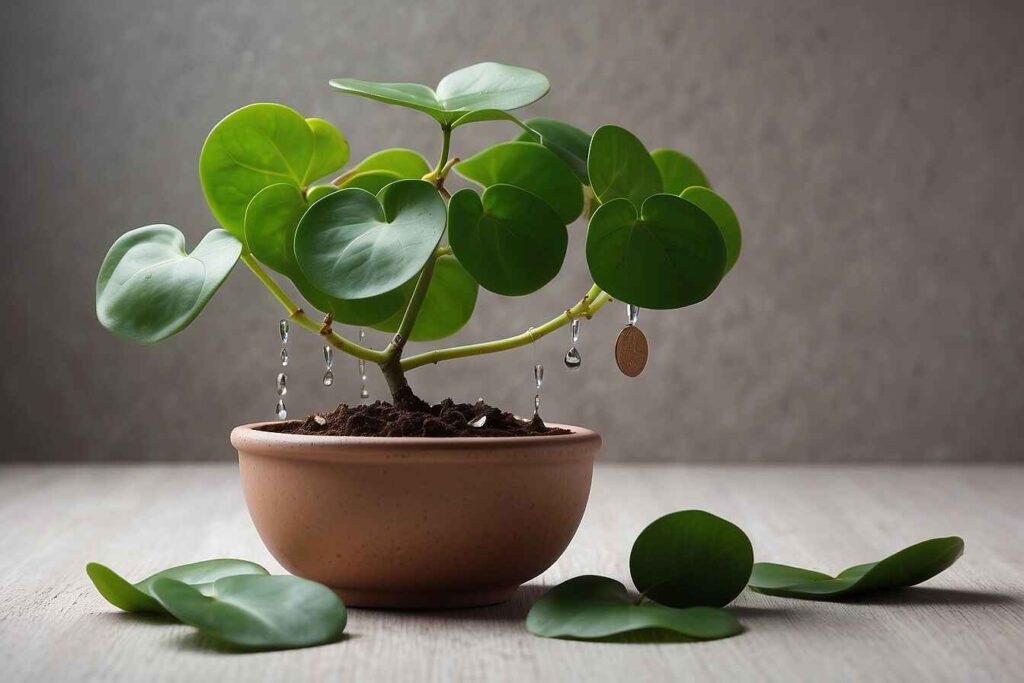Cucumbers are popular in gardens worldwide. They have a crisp texture and fresh taste. Cucumbers are useful in the kitchen. You can use them in fresh salads and tasty pickles. They also make gardens look nice with their lush leaves and vines. But it’s important to keep cucumber plants healthy for the best growth and yield. One problem gardeners face is cucumber leaves turning yellow. This can seriously affect the plant’s health and how much it produces.
Cucumber plant leaves turning yellow is more than just a cosmetic problem. It shows there are issues that can hurt the plant’s health. Yellow leaves can stop the plant from making food. This leads to slow growth, less fruit, and can even kill the plant. It is important to find the causes of yellow leaves quickly. This helps keep the cucumber plants healthy and strong.
Causes of Yellow Cucumber Leaves
Environmental factors greatly impact why cucumber plant leaves turn yellow. Extreme temperatures, high humidity, and not enough sunlight can all cause this issue. Proper watering is also very important. Too much water can lead to root rot and nutrient loss. Too little water can cause drought stress and problems with nutrient absorption. The soil quality, including pH and fertility, also affects leaf color.
One reason for yellow cucumber leaves is nutrient problems. A lack of nitrogen often makes older leaves turn yellow all over. Potassium deficiency makes the leaf edges and tips turn yellow. Iron deficiency causes yellowing between the green leaf veins. Other deficiencies, like magnesium and zinc, can also make leaves change color.
Common Diseases Affecting Cucumber Plants
Fusarium Wilt
Fusarium wilt is a serious plant disease. It’s caused by a fungus called Fusarium oxysporum. This fungus mainly attacks cucumber plants. It enters through the roots and spreads inside the plant’s water transport system. The fungus releases toxins that block these pathways. This causes the plant to suffer from lack of water and nutrients.
Symptoms
Cucumber plants show signs of Fusarium wilt. The leaves start turning yellow and wilting, beginning at the bottom. First, the leaves get a yellow color. Then, they wilt and turn brown as the plant tissue dies. Infected plants often grow slower and become weak. The whole plant may die if the disease is not treated quickly.
Prevention and Management Strategies
Dealing with Fusarium wilt requires multiple steps.
- Crop Rotation is a good way to reduce fungal problems in the soil. You can rotate cucumber plants with non-host crops like corn or beans. This helps lower the fungal population in the soil.
- Growing resistant cucumber types can lower the risk of getting infected.
- Soil health is important. Maintain good soil health with proper drainage and organic matter. This helps beneficial microorganisms compete with harmful fungi.
- Sanitation is important to stop the spread of the fungus. Remove and get rid of infected plant parts. This prevents the fungus from spreading.
- Fungicides may help manage diseases. However, their effectiveness is limited once the plant is already infected.
Downy Mildew
Downy mildew is a disease that affects cucumber plants. It is caused by an organism called Pseudoperonospora cubensis. This organism is similar to a fungus, but it’s not a true fungus. Downy mildew thrives in cool, moist conditions. The disease mainly impacts the leaves of cucumber plants. If not controlled, it can cause significant yield losses.
Symptoms
You can see yellow spots on the top of the leaves when downy mildew starts. These spots are often angled and stay within the leaf veins. As the disease gets worse, a gray-purple, fuzzy growth appears on the bottom of the leaves. The yellow spots then turn brown and die, causing the leaves to curl up and fall off. Bad infections can make the plants lose all their leaves. This greatly reduces photosynthesis and fruit production.
Prevention and Control Measures
Effective prevention and control of downy mildew include:
- Give plants enough space between them. This improves air flow and lowers humidity around the leaves.
- Use cucumber varieties that can resist or tolerate downy mildew. These resistant varieties will help protect your cucumbers.
- It’s best to water plants at the base instead of overhead. This keeps the leaves dry. Water in the morning so the foliage can dry out quickly.
- Use fungicides before diseases start. They work best in cool, wet weather that helps downy mildew grow. Make sure to use fungicides made for downy mildew. Rotate the types of fungicides you use to prevent resistance.
- Crop rotation and sanitation can help reduce plant diseases. Rotating crops means planting different crops in the same area over time. This helps prevent the buildup of pathogens. Removing plant debris from the garden also removes places where pathogens can live.
These simple steps can make your garden healthier.
Pests and Their Impact on Cucumber Plant Leaves Turning Yellow

Aphids
How Aphids Cause Yellowing of Cucumber Leaves
Aphids are small, pear-shaped insects. They can harm cucumber plants. Aphids feed by sucking sap from the plants. This takes away important nutrients. The plants then have issues. The leaves may turn yellow. As aphids take sap, they also put their saliva into the plant. This can further disrupt the plant. It can cause leaf distortion, yellowing, and overall plant weakness.
For more information on related issues, check out our detailed guide on why cucumber plant leaves turn white and how to address it effectively
Identification and Control Methods
Identification
- Aphids are very small, only 1-3 mm long. They can be different colors like green, black, brown, yellow, or pink.
- They are usually found on the underside of leaves, stems, and new growth.
- Look for curling leaves. Check for sticky honeydew residue. Also, look for sooty mold, a fungus that grows on the honeydew.
Control Methods
- Use beneficial insects to control aphids. Ladybugs, lacewings, and parasitic wasps are natural predators of aphids. They can help manage aphid populations in your garden.
- Neem oil is a natural insecticide. It works by disrupting how aphids eat and reproduce. You can apply neem oil to get rid of aphids.
- Insecticidal soaps can kill aphids on contact without harming the plant. These soaps are effective in getting rid of aphids.
- A strong water spray can physically remove aphids from plants. This is a temporary fix, but it can significantly reduce the number of aphids.
Spider Mites
Spider mites are tiny bugs that can really hurt cucumber plants. They eat plants by poking into the cells and drinking their contents. This damages the leaves and makes them look bad.
Symptoms
- The main sign of this problem is yellow dots or spots on the leaves. These appear as the mites feed on the plant.
- Heavy infestations cause fine webbing. You can usually find this webbing on the underside of leaves and between branches.
- As the problem gets worse, leaves may turn yellow, dry out, and eventually fall off.
- The plant may look unhealthy and weak. It may not grow as much as it should.
Natural and Chemical Control Options
Natural Control Options
- Predatory mites like Phytoseiulus persimilis can help control spider mites. These mites feed on spider mites and reduce their population. Introducing these predatory mites is a way to manage spider mites.
- Neem oil is useful against spider mites. It stops them from feeding and reproducing.
- Horticultural oils can smother spider mites and their eggs. This helps reduce the number of spider mites.
- Spraying plants with water can help reduce mite populations. The water knocks the mites off the plants. It also disrupts the mites’ habitat.
Chemical Control Options
If natural methods do not work, use miticides made to target spider mites. Be sure to follow the label directions carefully. Also, rotate the products to stop resistance.
Insecticidal soaps can help manage spider mites. These soaps break down the outer layer of mites. This makes the mites dehydrate and die.
For more information on related issues, check out our detailed guide on why cucumber plant leaves turn white
Correctional Actions for Cucumber Plant Leaves Turning Yellow
There are many ways to fix yellow cucumber leaves. You can improve the environment, manage nutrients, control diseases, and handle pests. These actions can help your cucumber plants grow better.
Improving Environmental Conditions

Proper watering is key for healthy cucumber plants. Water deeply once or twice a week. Adjust based on weather. Keep the soil moist but not too wet. Overwatering can cause root rot. Underwatering can cause drought stress. Use drip irrigation or soaker hoses. This delivers water directly to the soil. This reduces water on the leaves and lowers the risk of fungal diseases.
Checking soil quality is important. Do soil tests to know the pH and nutrients. Then, add compost or aged manure to improve the soil. This boosts the soil structure, fertility, and moisture.
Cucumber plants need a lot of sunlight. Make sure they get 6-8 hours of sunlight each day. Manage shade by pruning nearby plants or using reflective surfaces. Protect plants from too much sun and heat. This can cause leaf damage. Use shade cloths during hot summer days.
Nutrient Management
Soil testing is crucial to find missing nutrients. These tests can show problems with nitrogen, potassium, iron, and other key nutrients. You can use organic or synthetic fertilizers to fix these issues. Organic options like compost, rotted manure, or commercial organic fertilizers provide nutrients slowly. Synthetic fertilizers, such as a 10-10-10 blend, offer quick nutrient availability.
Foliar feeding can be a good way to help plants get nutrients quickly. This method involves spraying liquid fertilizers directly on the leaves. This lets plants absorb the nutrients fast and fix any deficiencies right away.
Disease Management
Monitoring plants regularly is very important to manage diseases. Look for signs like yellowing, wilting, spots, or unusual growth. Spotting these early helps you take action right away. Choosing disease-resistant cucumber varieties can greatly lower the risk of infections. Pick varieties made to resist common diseases like Fusarium wilt and downy mildew.
Good air circulation is important to prevent plant diseases. Spacing plants well allows air to flow freely. Regular pruning removes dead or sick leaves. This also lets more light reach the plants. Using fungicides as part of an overall disease management plan can also help. Follow the instructions on the fungicide label. Rotate the types of fungicides you use to prevent resistance. Keep your garden clean by removing plant debris and using clean tools.
Pest Control
Integrated pest management (IPM) uses different methods to control pests. Regularly check plants for signs of pests. Use cultural controls like crop rotation, row covers, and keeping the garden clean to prevent pests.
Invite helpful insects to your garden. Ladybugs, lacewings, and parasitic wasps can control aphids and mites. To support these beneficial insects, plant flowers and have a variety of plants. This helps control pests naturally.
Only use pesticides when needed. Be careful to minimize harm to the environment and helpful insects. Choose pesticides that only target the specific pest you want to get rid of. This keeps other animals safe. Follow the instructions on the label exactly. Use the smallest amount of pesticide that can still control the pest population.
Gardeners can fix the problem of cucumber leaves turning yellow. They can take corrective actions. This helps cucumber plants stay healthy and grow better. Gardeners need to watch their plants closely. They must act quickly when needed. They also need to care for their plants in a balanced way. This is important for keeping plants healthy and getting good harvests.
To further enhance your understanding of common cucumber plant problems, don’t miss our comprehensive article on cucumber plant leaves turning white
FAQS
What is the best way to treat powdery mildew on cucumber plants?
To treat powdery mildew, use sprays with neem oil, sulfur, or potassium bicarbonate. Increase air flow around the plants by proper spacing and pruning. Water the plants at the base to keep the leaves dry. These steps can help manage powdery mildew.
Can too much sun cause cucumber leaves to turn white?
Yes, sunburn, also known as sunscald, can result in sections of leaves that are bleached and white or pale. Provide shade during the hottest portion of the day, particularly in the hottest months of the summer, to avoid sunscald.

